Refrigerator pickles or quick pickles as they are known interchangeably are a way of pickling vegetables in vinegar, sugar and water that acts as a short-term preservative and flavour enhancer. Whilst quick pickles like this will not last as long as canned or fermented pickles the vegetables you preserve will last longer and most importantly taste great.
Table of Contents
Why Refrigerator Pickle?
When preparing refrigerator pickles like this typically less vinegar is used than traditional pickles that will have a longer lifespan. Quick pickles are less vinegary and milder so storing them in the fridge is the best way to keep them fresh, crunchy and gives your average quick pickled vegetable a shelf life of around 2 – 3 weeks.
The pH of a quick pickle is low enough to preserve vegetables and stop any spoilage and keeping them at low temperatures like you would any fresh produce is another preventative measure and slows oxidation as well as any enzymatic reactions.
The real plus point of making refrigerator pickles yourself are that you only need a jar, some vinegar, sugar, salt and spices and enough vegetables to fill that jar. Plus unlike more traditional pickles and fermented vegetables, you can eat quick pickles after 24 hours which is just enough time for the flavours to infuse and the vinegar to penetrate the vegetables.
How Long Do Quick Pickles Last?
What You’ll Need To Make Quick Pickles
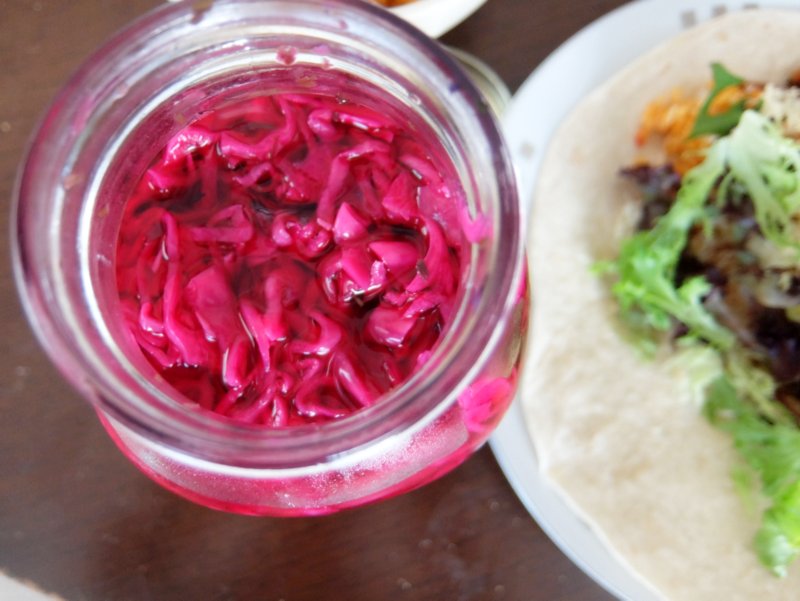
There is really not much you need to make your own quick pickles, in terms of equipment a simple jar will do. As for the ingredients you choose there is a whole world of possibilities so let’s break it down.
Vegetables
The world is your oyster here, you can pickle any vegetable you want or even fruit. Any vegetable you can eat raw is a candidate and there are of course the classic choices like cucumbers, cabbage, beetroot but really you can be as experimental as you want to be here.
Preparing Vegetables For Quick Pickles
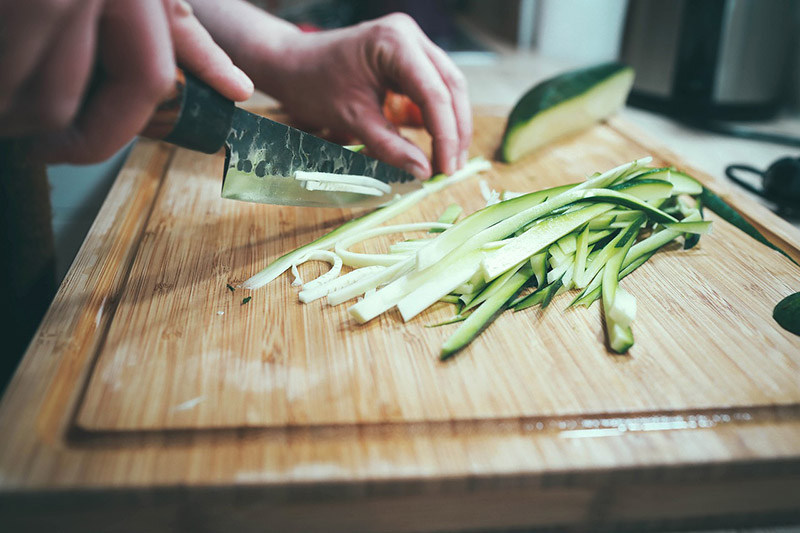
The main thing to keep in mind when preparing and slicing your vegetables for refrigerator pickles is the following:
- Fresh as possible is always best
- Slice the vegetables to allow the pickling liquid to penetrate quickly
- Blanch green vegetables for a few seconds to retain their colour
Vinegar
Refrigerator pickles that are intended to last up to a month require a vinegar of at least 5% acidity. At this level, the vegetables or fruit being pickled will last longer and retain there texture better.
On the other hand, quick pickles that are to be eaten immediately, or within one or two days can be pickled with other vinegar. As we are not concerned with the longevity of quick pickles, we know they are only going to last a few days rather than months and months the choice of vinegar we can use really opens up as the acidity is not a big concern.
For example, rice vinegar typically has a lower acidity than white vinegar which makes it less suitable for long-term pickling. With quick pickles, however, the pH is still low enough to preserve the vegetables in the short term so we can benefit from the flavour profile of these types of vinegar. Cider vinegar, rice vinegar, wine vinegar are all flavour-packed options you can choose.
Pickling Liquid Basics For Quick Pickles
Refrigerator pickles use a basic pickling liquid that’s more mellow than longer preserved pickles.
Sugar and salt are also added again to taste to balance out the acidity and sugar also has the benefit, much like salt, of drawing water out of the vegetables and keeping them crisp.
Herbs & Spices
Another opportunity to add big flavors is the addition of herbs and spices. Garlic, peppercorns, dill are just the tip of the iceberg. Use your imagination here as the addition of these kinds of flavours can really lift your refrigerator pickles.
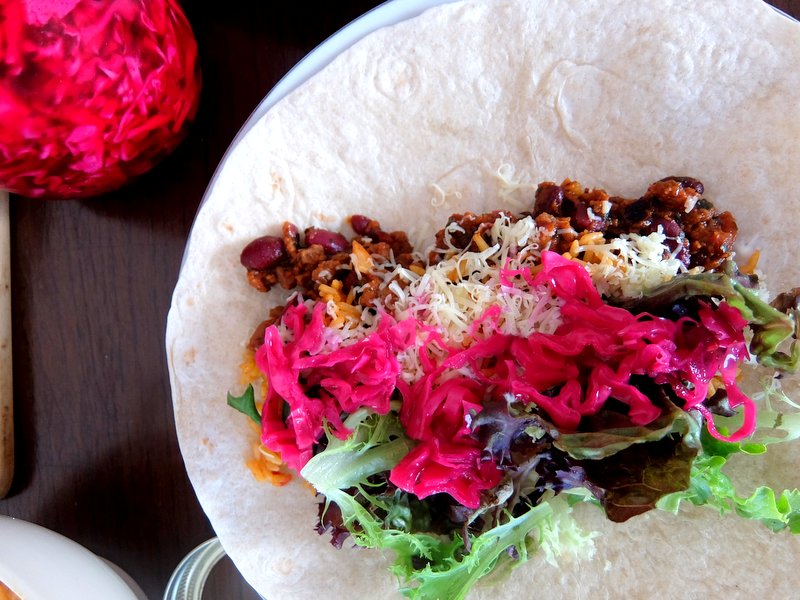
How To Make Refrigerator Pickles From Any Vegetable
Making refrigerator pickles or quick pickles couldn’t be simpler. Unlike canned or fermented pickles there is no heat processing so really it is a case of choosing and assembling ingredients and making a pickling liquid.
Ingredients To Make 2 Medium Jars of Quick Pickles
- 500 grams (roughly) Vegetables of your choice.
- 1 – 2 Tbsp Spices (Peppercorns, Coriander Seeds, Mustard etc.)
- 1 – 2 Tbsp Herbs (Dill, Oregano, Rosemary, Thyme etc.)
- 1 – 2 Cloves Garlic (optional)
- 1 – 2 Bay Leaves (optional)
- 200ml Vinegar
- 200ml Water
- 50 – 150 grams Sugar (depending on preferred sweetness)
- 1 Tbsp Salt
1. Begin by getting your jars ready. You ’ll need to thoroughly clean them but sterilising them is not necessary as these are quick pickles and will only be stored for 2 – 3 weeks.
2. Prepare your vegetables, make sure they are all clean and any bruised produce is removed. Peel any vegetables such as carrots and slice or cut into the size you desire.
3. Add your choices of herbs, spices and flavourings to the jar. Pack the prepared vegetables into the jar fairly tightly.
4. Prepare the pickling liquid by combining the vinegar, water, sugar and salt in a pan and heating. Stir to dissolve the sugar and water and bring to a boil. Once boiling, remove from the heat and pour over the vegetables in the jars.
5. Seal the jars with the lids whilst still hot and allow to cool to room temperature.
6. Store the quick pickles in the fridge and allow 24 hours or so for the flavours to mingle if you can.
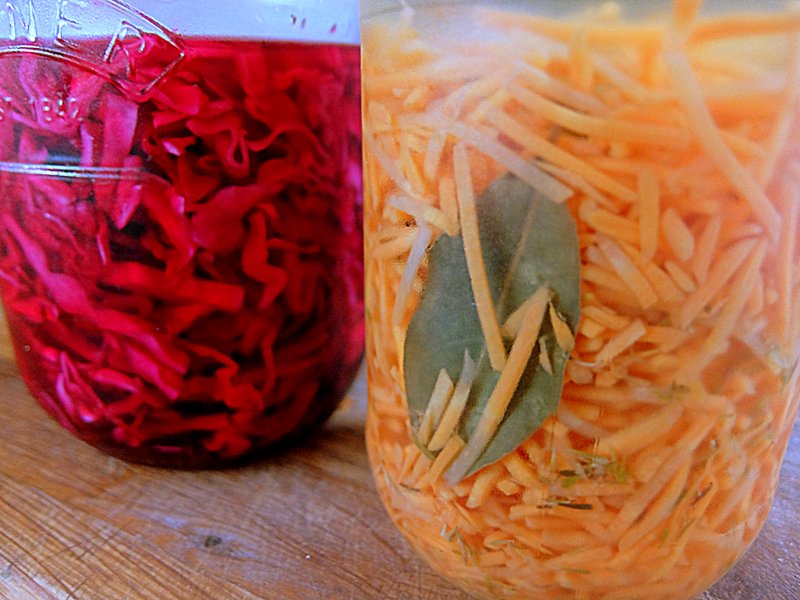
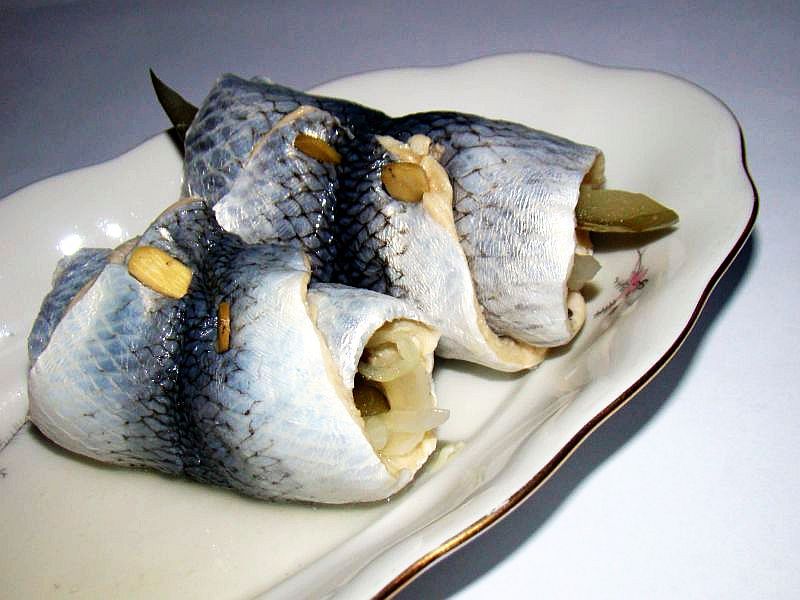
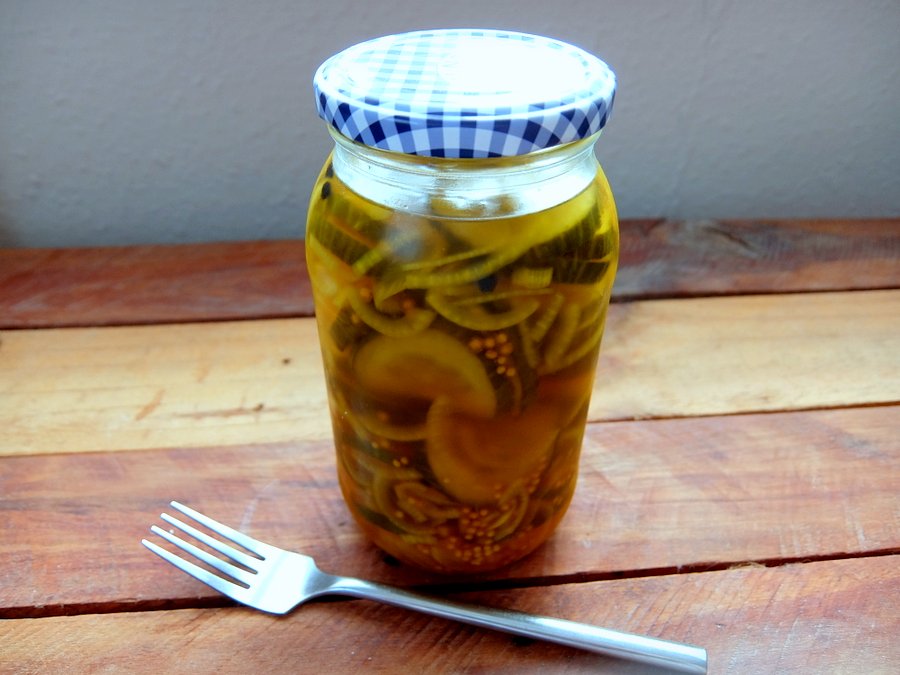
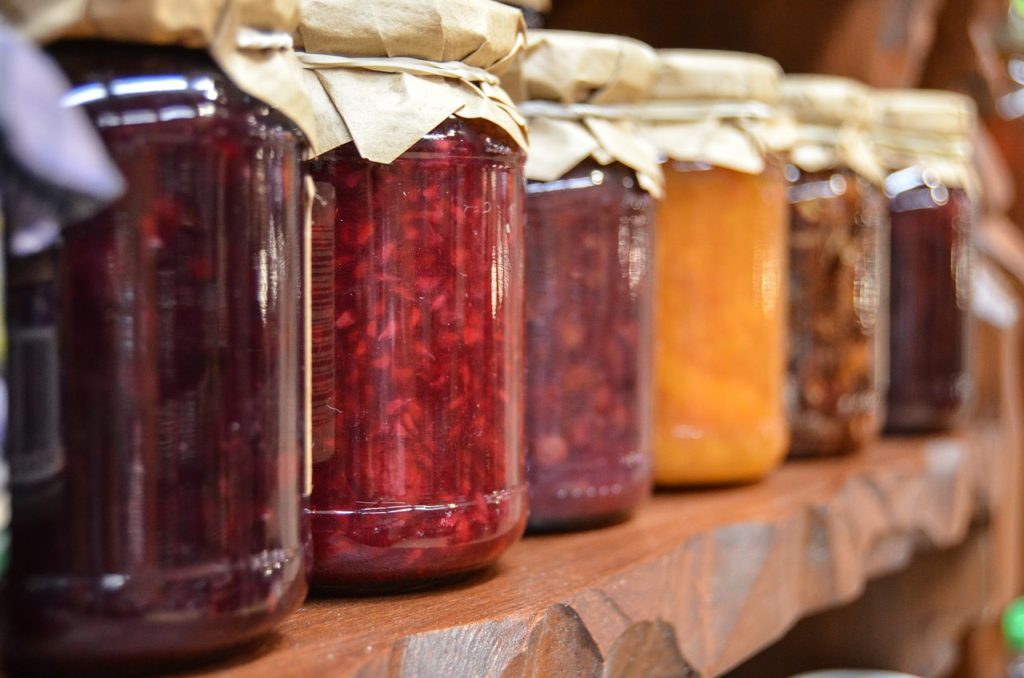
Can honey or agave be used instead of sugar?
Honey is fine to use as it is just another form of sugar. You would have to adjust the quantity to taste as honey has a different density to sugar being a liquid. I do not have experience of using agave but the purpose of the sugar in this recipe is not really as a preservative but rather to balance the acidity with sweetness so it should be fine to use in a refrigerator pickle that will last just a couple of months in the fridge.